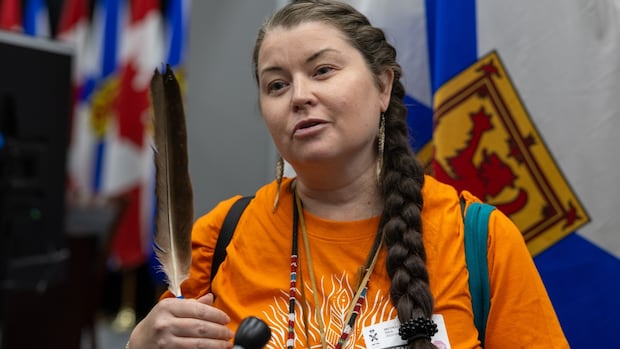Q&A: Expert sheds light on difficulty of finding children missing in the woods
they were in an area that was previously searched, but they were missed due to vegetation or terrain. A third reason could be that they were in an area that was inaccessible to searchers, such as a steep cliff or dense thicket. And finally, there is the possibility that the missing person was no longer alive when searchers arrived, due to exposure, injury, or other factors.
In the case of Lily and Jack Sullivan, the search efforts were extensive, with hundreds of volunteers combing through the dense woods surrounding their home. Despite their best efforts, no sign of the children was found, leading authorities to believe that it is unlikely they are still alive.
Robert Koester’s expertise sheds light on the challenges faced by search teams when looking for missing children in wooded areas. The dense underbrush and fallen trees can hinder search efforts, making it difficult to spot clues or tracks left by the children. The app he created, Lost Person Behavior, provides valuable data on the typical behavior of lost individuals, which can help search teams narrow down their search areas.
The chances of survivability for missing children decrease significantly as time goes on. If a child is not found within the first 24 hours, their chances of being found alive drop dramatically. Weather and temperature also play a significant role in survivability, as exposure to the elements can have a devastating impact on a lost child’s health.
The decision to suspend a search and rescue operation is never taken lightly. In the case of Lily and Jack Sullivan, the search was called off after six days of intensive searching. The average time for a search suspension is just one day, making their efforts to continue the search for a week commendable.
In cases where no clues are found, the chances of finding the missing person alive decrease. However, it is not uncommon for search teams to find missing individuals without any clues to guide them. The use of tracking dogs and drones can also aid in the search efforts, although they are not foolproof and can be affected by various factors such as weather and terrain.
In rare cases, criminality may be a factor in a missing person case, although it is more common in urban searches than in wilderness or rural searches. Animal attacks are also rare but can occur in certain situations, especially when a person is alone in a wilderness area.
Ultimately, the reasons why some missing persons are never found may vary, from venturing outside the search area to being in inaccessible terrain or succumbing to the elements. The search for Lily and Jack Sullivan highlights the challenges and complexities of finding missing children in wooded areas, and serves as a reminder of the importance of swift and thorough search efforts in such cases.




